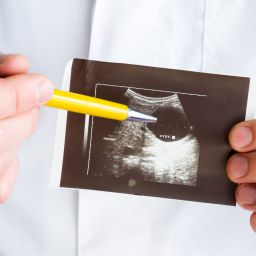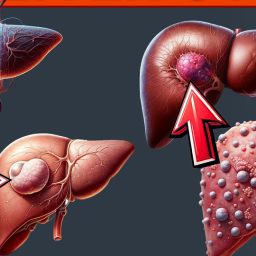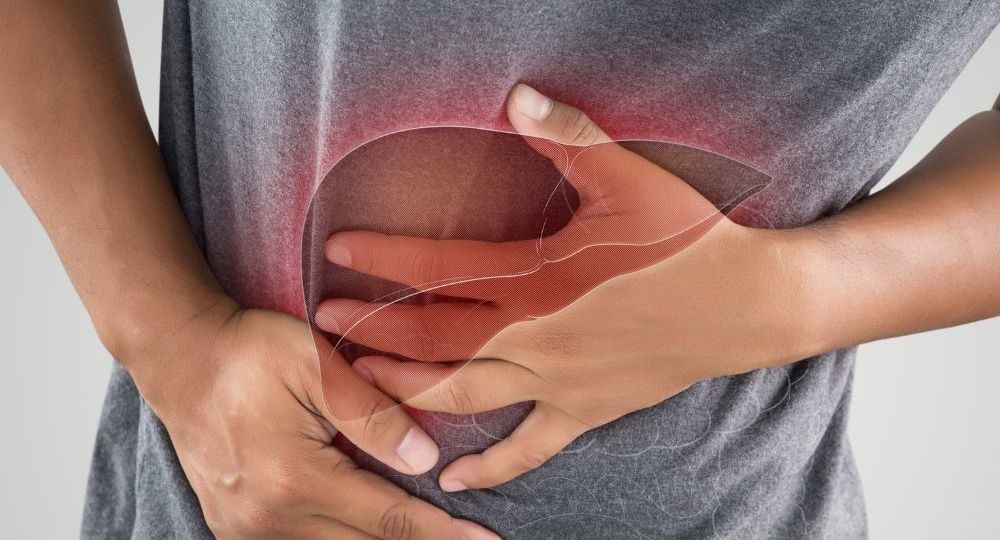
1. Types of Liver Cysts and Their Characteristics
Before delving into the significance of size in liver cysts, it’s essential to understand the different types of liver cysts, as their characteristics can vary widely. Liver cysts are primarily categorized into four types: simple cysts, polycystic liver disease (PLD), biliary cystadenomas, and hydatid cysts.
A. Simple Liver Cysts
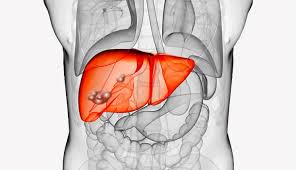
Simple liver cysts are the most common form of liver cysts. They are typically small, fluid-filled sacs that do not cause symptoms. Most people with simple liver cysts experience no complications or issues, and the cysts often remain stable in size. These cysts are usually asymptomatic and discovered accidentally through imaging techniques such as ultrasounds or CT scans.
The size of a simple liver cyst plays a crucial role in determining whether further monitoring or intervention is required. Small cysts under 5 cm generally do not require treatment. However, if these cysts exceed 5 cm, they may start to cause discomfort or pressure on surrounding organs.
B. Polycystic Liver Disease (PLD)
Polycystic liver disease is a genetic disorder characterized by the development of multiple cysts within the liver. The cysts in PLD can vary in size and number and often lead to liver enlargement (hepatomegaly). As the cysts grow larger, they can impact liver function and may cause symptoms such as abdominal pain, nausea, and a feeling of fullness.
PLD cysts can range from small to large, with some reaching over 10 cm in diameter. The cysts’ size and number typically increase with age, and the condition can progress to a point where liver function is compromised. In severe cases, a liver transplant may be necessary.
C. Biliary Cystadenomas
Biliary cystadenomas are rare, benign cysts that develop in the bile ducts of the liver. These cysts can grow to large sizes and sometimes present a risk of turning cancerous. Malignant transformation into biliary cystadenocarcinomas, though uncommon, can occur. Due to their potential for malignancy, biliary cystadenomas require careful monitoring, particularly when they exceed 5 cm. If they grow rapidly or show signs of malignancy, surgical intervention is typically recommended.
D. Hydatid Cysts
Hydatid cysts are parasitic infections caused by the Echinococcus tapeworm. These cysts can grow very large and are typically found in areas such as the liver, lungs, or other internal organs. Hydatid cysts can be dangerous because they can rupture, leading to anaphylactic shock, infection, or the spread of the parasite to other parts of the body. In the case of large hydatid cysts, surgery is often required to prevent complications.
2. How the Size of a Liver Cyst Affects Its Risk Level
While liver cysts are usually harmless, the size of the cyst can have a significant impact on the risk level. Larger cysts are more likely to cause symptoms, complications, or affect surrounding organs. The growth of a cyst may indicate a more serious underlying condition, especially if it is associated with pain, obstructed bile ducts, or other organ involvement.
A. Symptomatic Cysts
Most small liver cysts do not cause symptoms, but larger cysts can press against surrounding structures, including the liver capsule, the stomach, or other abdominal organs. This can lead to symptoms such as:
- Abdominal pain: As cysts grow, they can put pressure on the surrounding organs, causing discomfort or pain in the upper right abdomen.
- Jaundice: If the cyst obstructs the bile ducts, it can lead to jaundice, a condition where the skin and whites of the eyes turn yellow due to excess bilirubin in the bloodstream.
- Nausea and vomiting: Large cysts that press against the digestive organs may cause digestive issues such as nausea, vomiting, or loss of appetite.
If any of these symptoms develop and are associated with an increase in cyst size, it may indicate that the cyst is becoming problematic and requires medical attention.
B. Risk of Rupture
Large liver cysts are at higher risk of rupture, especially if they grow rapidly or are located near other organs. If a cyst ruptures, its contents spill into the abdominal cavity, which can lead to severe pain, internal bleeding, or infection. The larger the cyst, the higher the risk of rupture, particularly if the cyst walls are thin or the cyst is under pressure from surrounding tissues.
Rupture of a liver cyst is a medical emergency that requires immediate attention. If you suspect a cyst has ruptured, it’s important to seek medical care without delay.
C. Liver Function and Pressure on Surrounding Organs
As cysts grow larger, they may start to affect liver function or compress nearby organs. The liver plays a vital role in detoxifying the body, processing nutrients, and producing important proteins and enzymes. Large cysts can disrupt these functions, potentially leading to liver dysfunction or failure.
Furthermore, larger cysts can cause compression of nearby organs such as the stomach, intestines, or bile ducts, leading to complications such as digestive problems, bile obstruction, and even portal hypertension.
3. When Should the Size of a Liver Cyst Raise Concern?
There are no fixed size thresholds for when a liver cyst should become a cause for concern. However, there are general guidelines that healthcare professionals follow when assessing the risk based on cyst size:
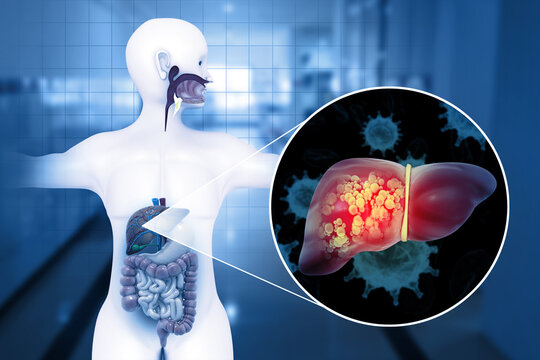
A. Simple Cysts
For simple cysts, sizes exceeding 5 cm (about 2 inches) are generally considered larger and may warrant closer monitoring. Although these cysts are usually asymptomatic, if they grow beyond this size, they may begin to cause discomfort or potential complications. Simple cysts under 5 cm typically do not require intervention unless they are symptomatic.
B. Polycystic Liver Disease (PLD)
In cases of PLD, cysts that exceed 10 cm (about 4 inches) are generally considered large. These cysts can cause symptoms such as abdominal discomfort or a feeling of fullness. If the cysts continue to grow, they can severely affect liver function. In advanced stages, PLD may lead to complications like cirrhosis or liver failure. Monitoring of cyst size and liver function is critical in these cases.
C. Biliary Cystadenomas
For biliary cystadenomas, any cyst larger than 5 cm (about 2 inches) should be carefully evaluated. Larger cysts, especially those growing rapidly or changing in appearance, can raise concerns about malignancy. Regular monitoring through imaging tests such as CT scans or MRIs is necessary, and surgical removal may be recommended if the cyst shows signs of being malignant.
D. Hydatid Cysts
Hydatid cysts can grow to sizes greater than 5 cm and can cause serious health issues if left untreated. If a hydatid cyst ruptures, it can lead to severe complications, including infection, anaphylactic shock, and damage to other organs. Surgery is typically required to remove the cyst and prevent rupture. For hydatid cysts, prompt diagnosis and treatment are crucial.
4. Monitoring Liver Cysts Based on Size
Liver cysts, particularly simple cysts, often require no intervention. However, if the cysts are large, symptomatic, or show signs of growth, medical monitoring is essential. Healthcare professionals typically use the following diagnostic tools:
A. Ultrasound Imaging
Ultrasound is often the first-line imaging technique for liver cysts. It is non-invasive, cost-effective, and provides detailed images of the liver and its contents. Ultrasound can determine the size of the cyst and help monitor for changes over time.
B. CT Scan or MRI
For more complex or larger cysts, a CT scan or MRI may be necessary. These imaging tests offer detailed cross-sectional images of the liver and can identify any complications, such as cyst rupture or compression of surrounding organs.
C. Blood Tests
While blood tests do not directly measure cyst size, they are useful in evaluating liver function and detecting possible complications. Elevated liver enzymes or abnormal levels of certain biomarkers, such as alpha-fetoprotein (AFP), may indicate issues related to liver cysts or liver function.
5. Treatment Options for Large Liver Cysts
Treatment for liver cysts depends on their size, type, and whether they are symptomatic. Here are some of the treatment options available:
A. Drainage and Aspiration
For symptomatic simple liver cysts, aspiration (draining the cyst’s fluid) may be performed to relieve pressure. In some cases, a sclerosing agent may be injected to prevent the cyst from refilling.
B. Surgery
If a cyst is large, symptomatic, or potentially malignant, surgery may be necessary. Cystectomy (removal of the cyst) or liver resection may be performed, depending on the cyst’s location and size.
C. Monitoring
If the cyst is asymptomatic and not growing rapidly, doctors may recommend regular monitoring without any immediate intervention. Monitoring typically involves periodic imaging to track any changes in the cyst’s size.
While liver cysts are generally benign and asymptomatic, their size can play a significant role in determining when they should be a cause for concern. Larger cysts or those that cause symptoms, such as pain, jaundice, or digestive issues, should be evaluated by a healthcare provider. Regular monitoring and imaging are key to identifying potential risks and managing liver cysts effectively.
If you have a liver cyst or are concerned about your liver health, it’s essential to work closely with your healthcare provider to determine the best course of action. Early detection and timely management can help prevent complications and ensure optimal liver health.

